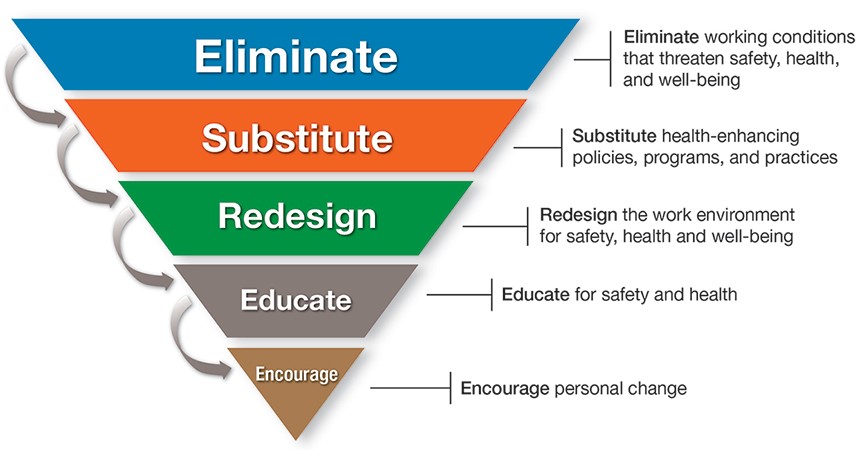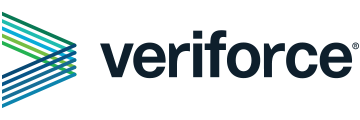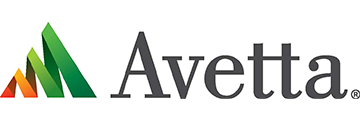
Total worker health®. This phrase encompasses many different things and can mean different things to different people as they think about what it means to be healthy. For safety professionals, it’s a more comprehensive way of thinking about how they can Improve workplace safety and worker well-being.
“Safety professionals need to understand that Total Worker Health® is a more comprehensive view of what they do,” says Deb Roy, MPH, COHN-S, CSP, corporate director of health, safety and wellness at L.L.Bean, Inc.. “It’s important to focus on the broader mission and what safety professionals do to positively impact the worker and their safety and health.”
The Total Worker Health® (TWH) model, launched by NIOSH in 2011, is defined as “policies, programs and practices that integrate protection from work-related safety and health hazards with promotion of injury and illness prevention to advance worker well-being.”
The model emphasizes the importance of worker well-being in occupational safety and health, and outlines steps organizations can take to improve safety performance by addressing the overall health of employees.
TWH consists of five key elements:
- Demonstrating leadership commitment to worker safety and health at all levels of the organization.
- Designing work to eliminate or reduce safety and health hazards and promote worker well-being.
- Promoting and supporting worker engagement throughout program design and implementation.
- Ensuring confidentiality and privacy of workers.
- Integrating relevant systems to advance worker well-being.
One of the most important aspects of TWH, according to Roy, is its emphasis on collaboration and coordination. Depending on the organizational structure, safety professionals, HR professionals and occupational health professionals and others may not be interacting on a regular basis.
“If you’re in a large organization and you’re siloed and don’t talk to each other, then you don’t see opportunities,” says Roy. “You need to integrate with other areas of the business to collaborate more as a group to develop and execute a plan.”
Utilizing the TWH model provides the opportunity to break down organizational silos and foster collaboration among departments to more holistically address worker safety and well-being. Furthermore, it is also a more comprehensive approach to occupational safety and health, and how well-being affects safety and vice versa.
“Safety professionals may not always think of the ways that things like HR policies impact the worker, but it does impact how the work is done, which in turn impacts worker safety,” she says. “By having conversations with HR professionals and others, safety professionals can see to it that worker safety and health is integrated into organizational policies.”

Identify Needs
By facilitating the process and bringing together representatives from various departments on a TWH team, safety professionals can help set the foundation for carrying out the two major components of the TWH model: 1) a needs assessment and 2) an action plan.
A needs assessment helps an organization pinpoint what aspects of its current safety and health initiatives align with TWH, as well as identifying areas for improvement. For instance, a needs assessment can provide insights into what safety and health issues currently exist, as well as ailments that employees may be at risk for in the future.
“It’s important to spend time conducting the needs assessment and determining what you want to accomplish to have a comprehensive view of the plan,” says Roy. “You can then schedule things out over time based on your objectives and work toward getting funding to address each of those goals.”
An assessment could include measures such as health screenings and an examination of workplace tasks to determine how those factors are affecting worker well-being and workplace safety. Moving forward from the needs assessment and using the data gathered from it, the TWH team can develop an action plan based on the priorities identified.
Take Action
For example, if the results of health screenings show a common illness or ailment among workers, employers can work to ensure that they have access to the right care and treatment. In addition, for those who have precursors of certain conditions such as diabetes, employers can provide education to help those employees improve their well-being so those conditions are less likely to manifest.
From a task-based perspective, needs assessment may find that certain tasks, such as lifting heavy boxes or equipment, is causing certain injuries among the workforce. Controls such as a lift-assist devices or robotics can then be implemented so there is less strain on workers as they perform those tasks, thereby reducing the probability of an injury.
It's important, adds Roy, that there is a rational approach to the needs assessment and action plan so that it is effectively addressing the needs of workers, the program is of value to them and resources are well utilized.
For example, before performing a needs assessment, the TWH team should determine what will be done with the data gathered. Furthermore, if the team is already aware of a predominant health issue among the workforce, such as diabetes, or tobacco use or obesity, then resources may be better allocated toward education and treatment than a health screening.
Taking TWH one step further, organizations can use the model to encourage and incentivize their workers to get proactive about their well-being through a greater focus on actions such as physical activity and better eating habits.
Encourage a Healthy Lifestyle
It’s important for organizations to keep in mind that there are a wide variety of low-cost and no-cost measures that they can utilize to encourage employees to be more active and health-conscious. Organizations can reach out to their local communities for resources from health screenings to exercise programs and similar opportunities.
Furthermore, from organizing running or hiking clubs, to cardio exercises before a shift, to a walking challenge or healthy eating initiatives, organizations have many options for encouraging workers to invest in improving their personal well-being, while fostering community with their coworkers. Employers can offer workers the opportunity to engage in these activities on company time to get more individuals onboard with the initiative and supporting each other in improving their health and well-being.
Whichever initiatives organizations use to carry out the TWH approach, what’s most important, according to Roy, is that safety professionals remember that the model is a tool that can help them take a broader view of occupational safety and health, how work is being done, how it is organized and the policies that affect the overall well-being of the workforce. Healthy workers are less likely to become injured at work and those who do become injured, will recover more quickly and easily if they are fit, no matter what their age.
“If you look more comprehensively at what you can do as a safety professional,” she says, “you can make a difference.”
Learn more about how you can assess your organization and apply the Total Worker Health Model at SafetyFOCUS. Register now.





